7 Essential Tips for Optimizing Your Mold Manufacturing Process
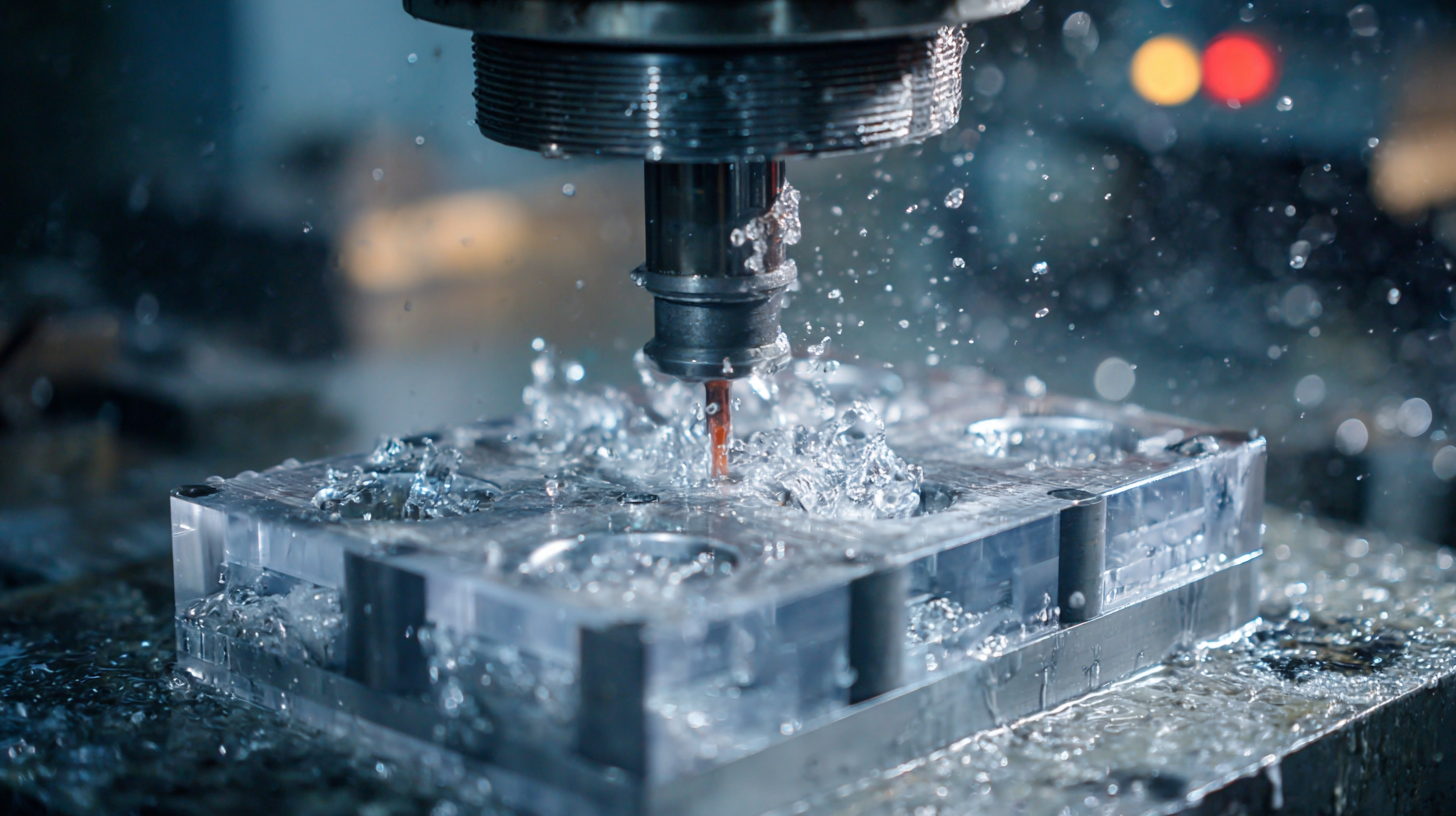 In the competitive landscape of mold manufacturing, optimizing production processes is critical for improving efficiency and reducing costs. According to a recent report by MarketsandMarkets, the global mold manufacturing market is expected to reach $36.2 billion by 2025, with a CAGR of 4.7%. As companies strive to keep pace with this growth, the implementation of best practices in mold manufacturing becomes increasingly vital.
In the competitive landscape of mold manufacturing, optimizing production processes is critical for improving efficiency and reducing costs. According to a recent report by MarketsandMarkets, the global mold manufacturing market is expected to reach $36.2 billion by 2025, with a CAGR of 4.7%. As companies strive to keep pace with this growth, the implementation of best practices in mold manufacturing becomes increasingly vital.
Lean techniques, advanced materials, and digital technologies are transforming the industry, enabling manufacturers to streamline operations and enhance product quality. By adopting strategic optimizations, businesses can better respond to market demands, minimize waste, and ultimately increase profitability in their mold manufacturing endeavors.
Identifying Common Bottlenecks in Mold Manufacturing Processes
In mold manufacturing, identifying common bottlenecks is crucial for enhancing efficiency and productivity. One of the primary areas where delays often occur is during the design phase. Inefficient communication between designers and production teams can lead to misunderstandings, resulting in revisions that prolong the timeline. Implementing a collaborative software platform can greatly improve information flow, ensuring that every stakeholder is on the same page from the outset.
Another significant bottleneck arises during the production phase, often due to outdated machinery or inadequate maintenance schedules. Regularly assessing equipment performance and investing in modern technology play a vital role in minimizing downtime. Additionally, workforce training should not be overlooked; ensuring that all team members are skilled in using the latest tools can further streamline operations. By focusing on these common pitfalls and proactively addressing them, companies can significantly optimize their mold manufacturing processes and enhance overall output.
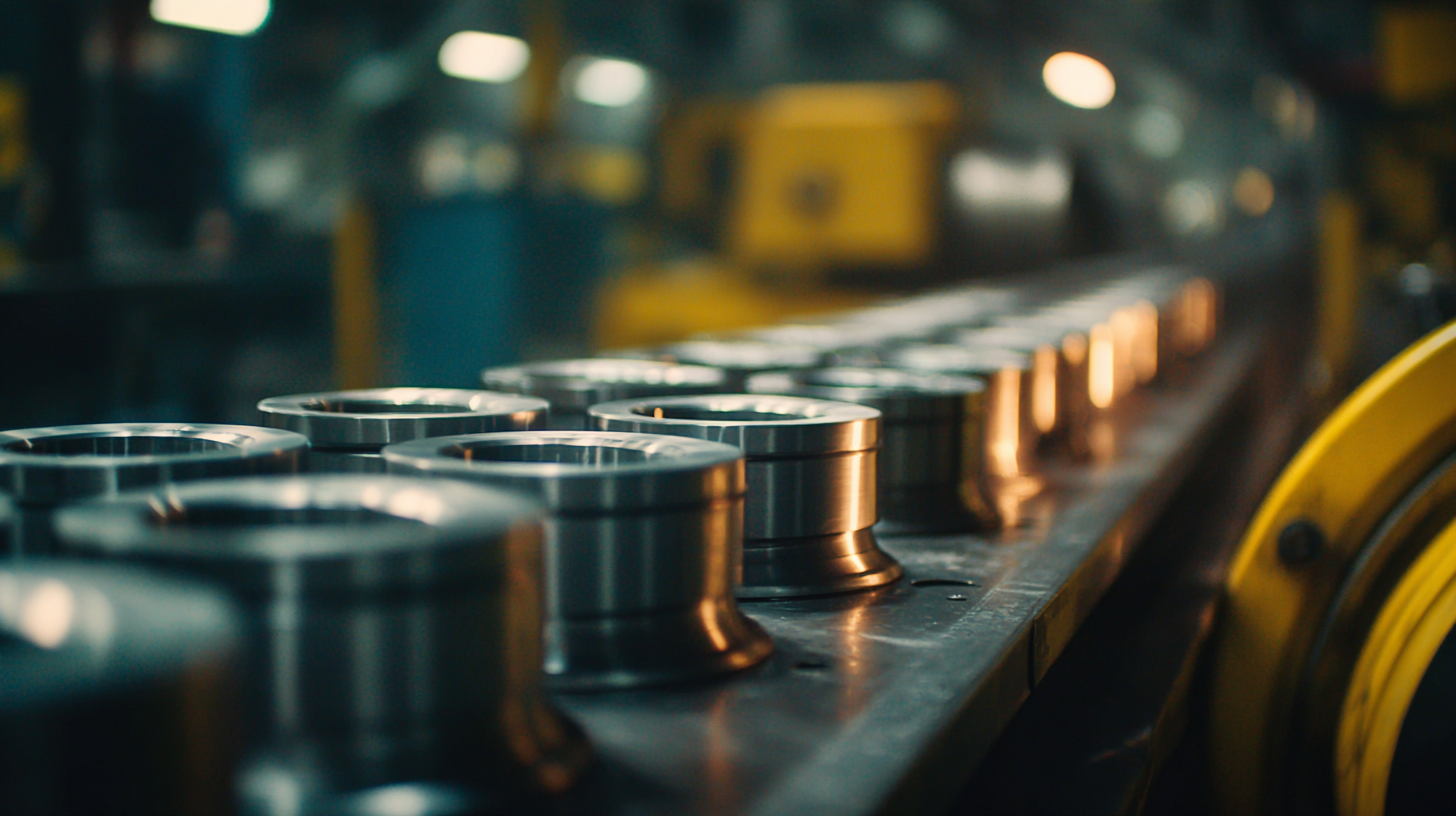
Implementing Advanced Technologies for Enhanced Precision
Integrating advanced technologies into your mold manufacturing process can significantly enhance precision, reduce waste, and optimize production times. One effective approach is to implement computer numerical control (CNC) machining, which allows for intricate design specifications to be translated into exact movements of machinery. This technology not only improves accuracy but also minimizes human error, ensuring that every mold produced meets the strictest quality standards. By utilizing CNC machines, manufacturers can efficiently create complex geometries that would be challenging to achieve through traditional methods.
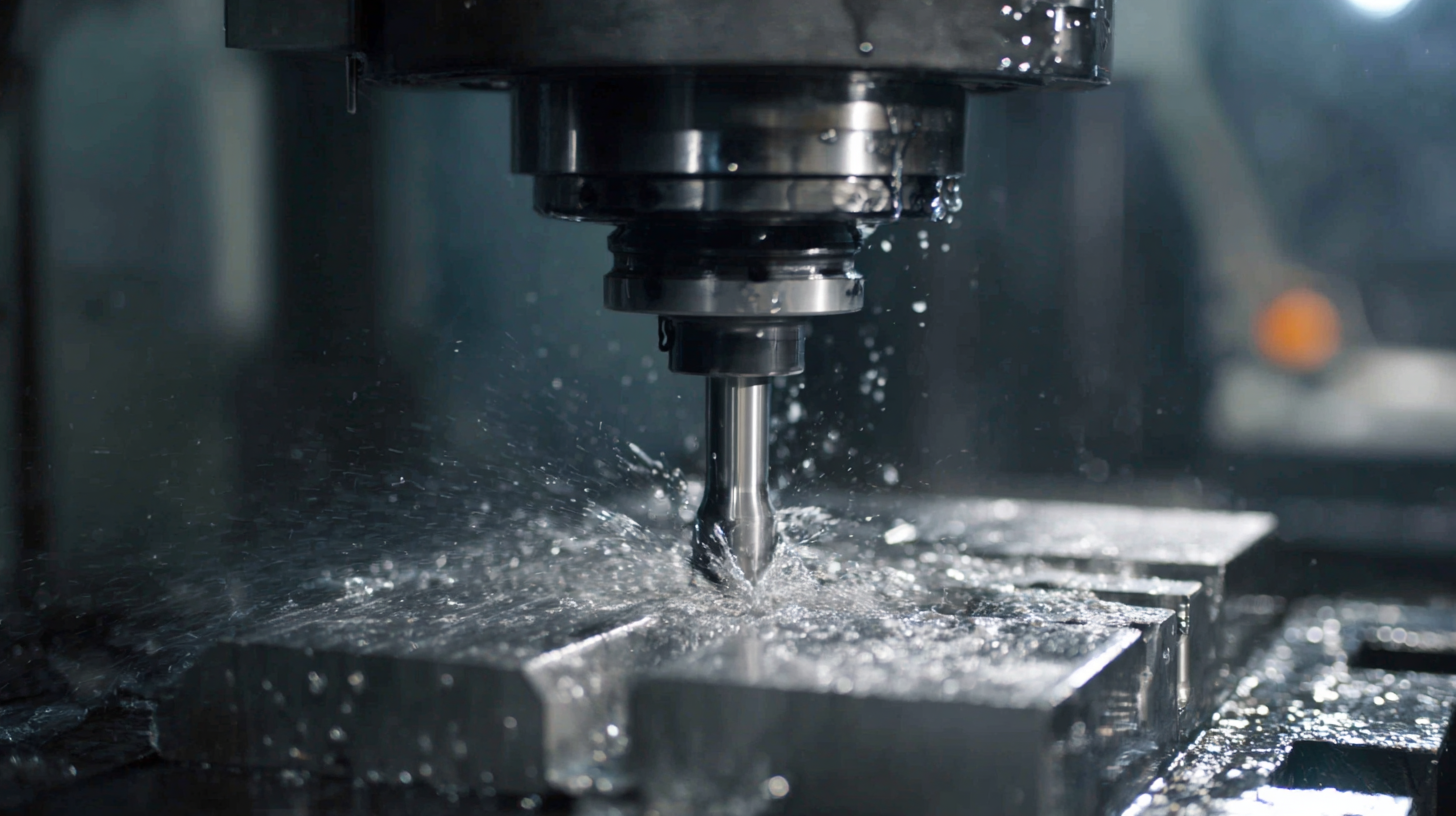
Another important advancement is the adoption of additive manufacturing, or 3D printing, in mold production. This technology enables rapid prototyping and quick modifications, allowing manufacturers to test designs and iterate seamlessly before finalizing molds. Additionally, the flexibility of 3D printing facilitates the use of innovative materials that can enhance mold longevity and performance. By embracing these advanced technologies, manufacturers can not only streamline their processes but also deliver superior products that meet the evolving demands of the industry.
Streamlining Quality Control Measures in Mold Production
Effective quality control measures are crucial for enhancing the mold manufacturing process. Streamlining these measures begins with implementing standardized inspection protocols at every stage of production. By utilizing advanced tools and techniques such as automated inspections, manufacturers can ensure that defects are identified early, reducing waste and rework. This proactive approach not only boosts efficiency but also fosters a culture of quality that permeates the entire organization.
Incorporating real-time data analytics further enhances quality control by allowing manufacturers to monitor production metrics continuously. By analyzing data trends, manufacturers can identify potential issues before they escalate, enabling timely interventions. Additionally, fostering collaboration between departments—design, engineering, and production—ensures that everyone is aligned on quality standards, creating a more cohesive workflow. Ultimately, these streamlined quality control measures lead to improved product consistency, customer satisfaction, and a more sustainable manufacturing process.
7 Essential Tips for Optimizing Your Mold Manufacturing Process - Streamlining Quality Control Measures in Mold Production
| Tip | Description | Expected Outcome | Implementation Difficulty |
|---|---|---|---|
| Conduct Regular Audits | Perform systematic evaluations of the production processes to identify areas for improvement. | Enhanced efficiency and reduced defects. | Medium |
| Invest in Training | Provide continuous training for workers on best practices and new technologies. | Higher skill levels and reduced error rates. | Medium |
| Use Advanced Software | Implement software solutions for design, simulation, and tracking. | Improved design accuracy and project management. | High |
| Standardize Procedures | Create standardized protocols for all steps in the manufacturing process. | Consistency in quality and processing time. | Low |
| Integrate Automation | Adopt automation tools to reduce manual tasks and improve speed. | Faster production times and reduced labor costs. | High |
| Implement Real-time Monitoring | Utilize sensors and IoT technology for real-time feedback on production status. | Immediate identification of issues and quick adjustments. | High |
| Enhance Supplier Relationships | Work closely with suppliers to ensure quality materials and timely deliveries. | Improved material quality and reduced lead times. | Medium |
Training and Development for a Skilled Mold Manufacturing Workforce
In the competitive landscape of mold manufacturing, investing in training and development is crucial for cultivating a skilled workforce. Recent advancements in technology, particularly Virtual Reality (VR) training, have revolutionized on-the-job learning. With a remote workforce becoming more common, VR simulations provide immersive experiences that enhance skill acquisition. These innovative training methods are showing remarkable promise in bridging the skills gap inherent in the manufacturing sector, which is currently valued at $2.3 trillion and facing labor shortages.
One essential tip for optimizing your mold manufacturing process is to incorporate comprehensive training programs that cover all aspects of equipment operation. For instance, organizations are encouraged to develop structured education initiatives similar to those by industry leaders that specialize in injection molding. Such programs not only prepare employees with necessary technical skills but also empower them to engage in critical thinking and problem-solving in real-time situations.
Another tip is to support continuous learning through collaboration with educational institutions and training hubs. As witnessed with recent investments in training facilities, like a new development site aimed at enhancing workforce skills, fostering partnerships can enrich the learning experience and adapt training to meet evolving industry demands. By prioritizing workforce training, mold manufacturing companies can elevate their operational efficiency and maintain a competitive edge.
7 Essential Tips for Optimizing Your Mold Manufacturing Process
Leveraging Data Analytics to Optimize Production Efficiency
In today's rapidly evolving industrial landscape, leveraging data analytics is pivotal for optimizing the mold manufacturing process. By utilizing advanced data analysis tools, manufacturers can enhance production efficiency and reduce downtime. Key applications include defect data analysis, which helps identify recurring faults in the manufacturing line, and wafer analysis tools that ensure product quality and adherence to standards. Implementing these technologies aids in diagnosing issues swiftly, thus fostering a culture of continuous improvement.
Moreover, local and cloud-based applications serve to integrate data from various stages of production. Process control tools can monitor manufacturing parameters in real-time, providing insights into the efficiency of operations. The use of spatial signature analysis can identify patterns that may indicate potential problems before they escalate, thus assuring safety and compliance. With innovations such as industrial visual AI analysis, manufacturers are not only improving operational efficiency but also creating safer working environments, which are essential for high-quality industrial development.
Related Posts
-
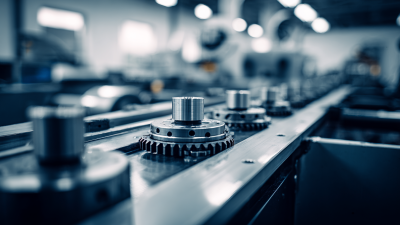
Exploring the Role of Import and Export Certifications in Best Mold Manufacturing
-
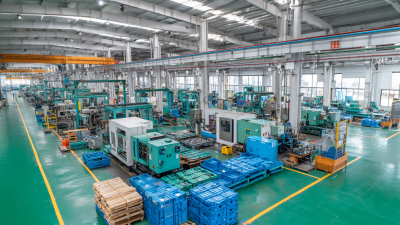
How to Navigate Import and Export Certifications for Best Mold Plastic Injection Products
-
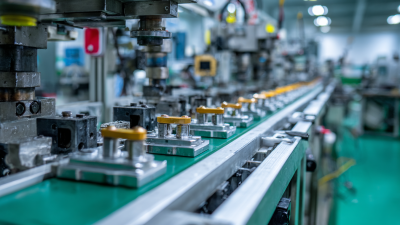
How to Identify Top Suppliers for Optimal Injection Molding Mold Design
-

How to Optimize Your Mold Manufacturing Process for Maximum Efficiency
-

Essential Checklist for Effective Mold Design in Injection Molding Processes
-

In Depth Comparison of Plastic Injection Mold Tooling Techniques and Their Industry Impact

